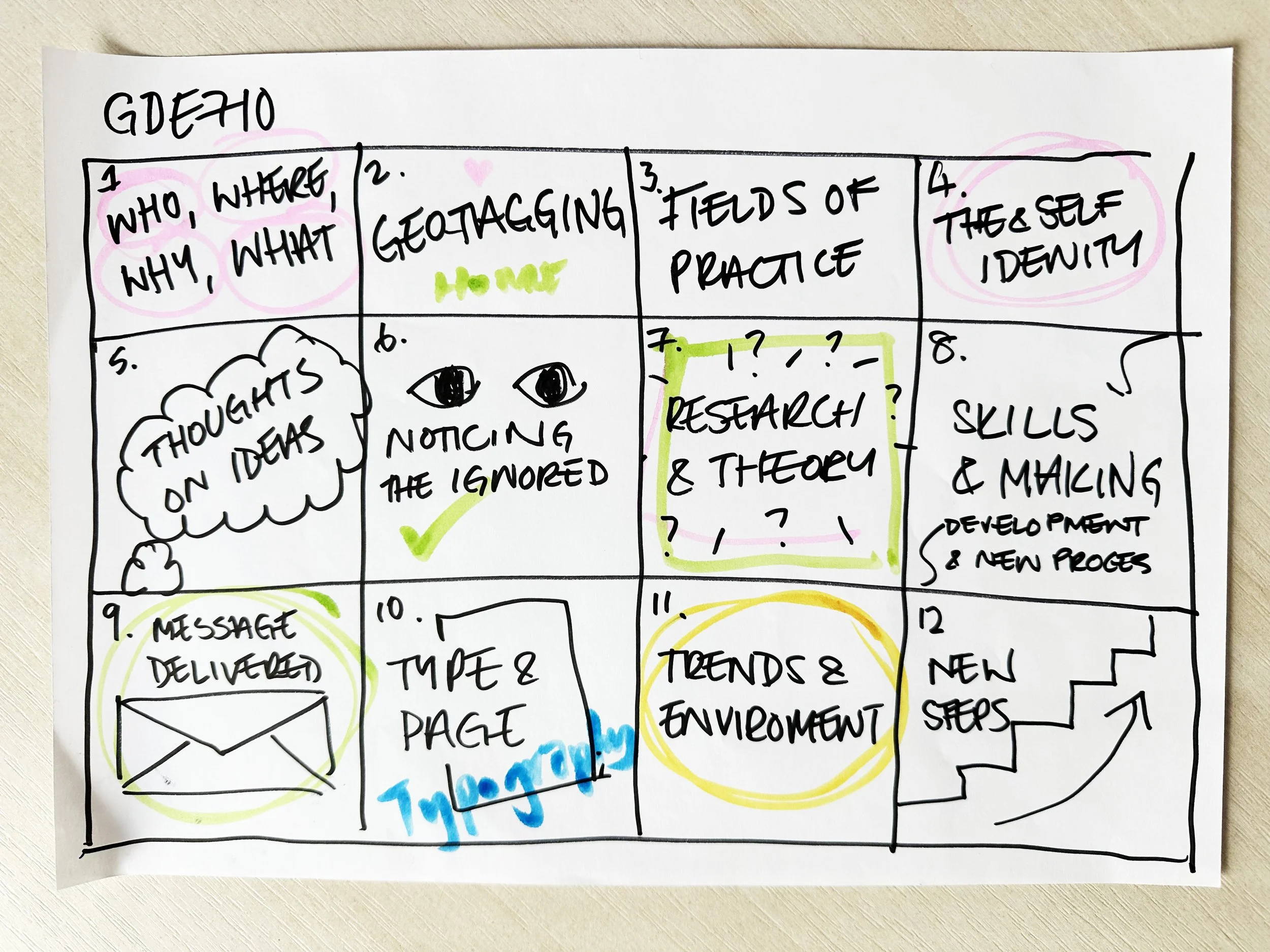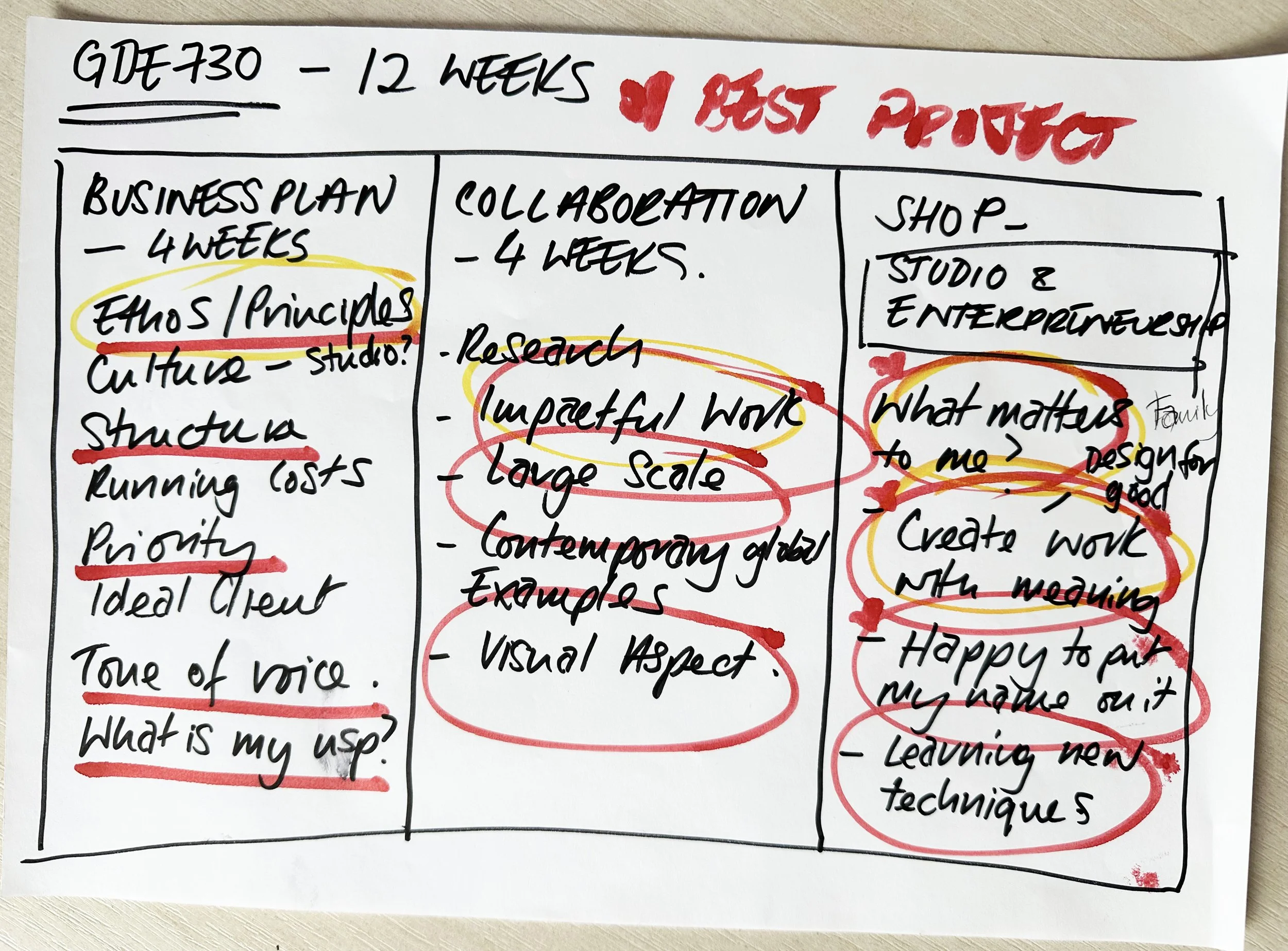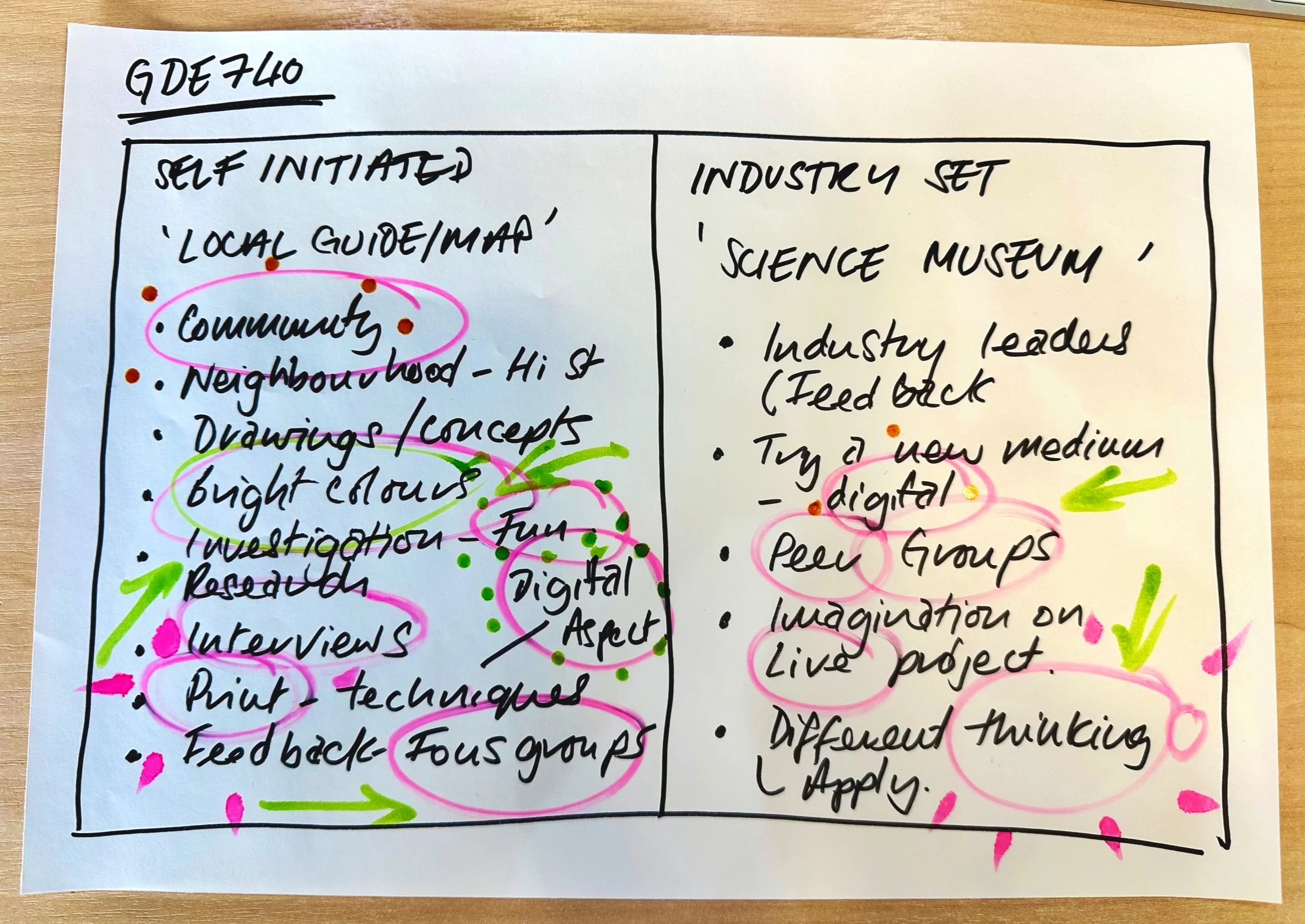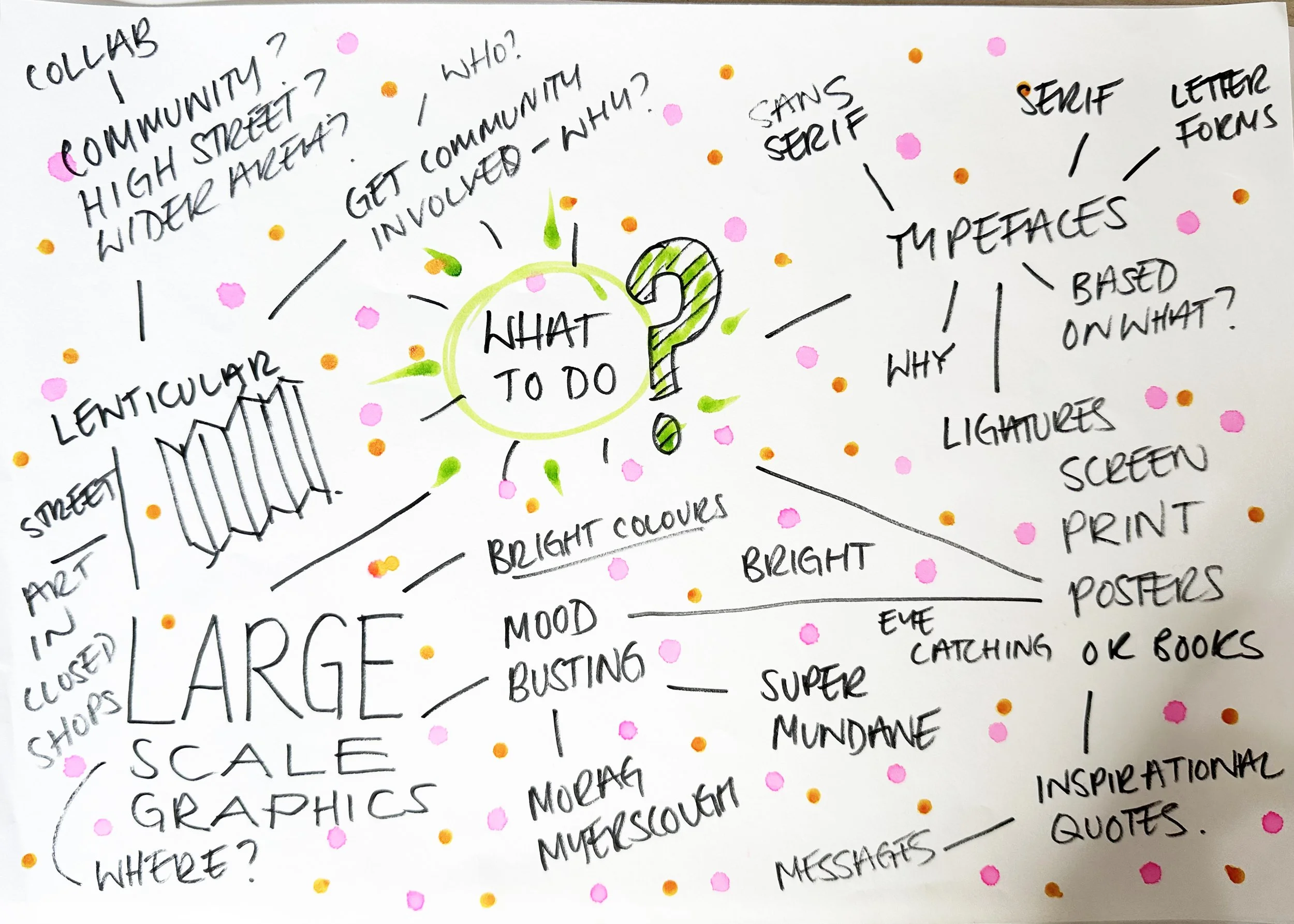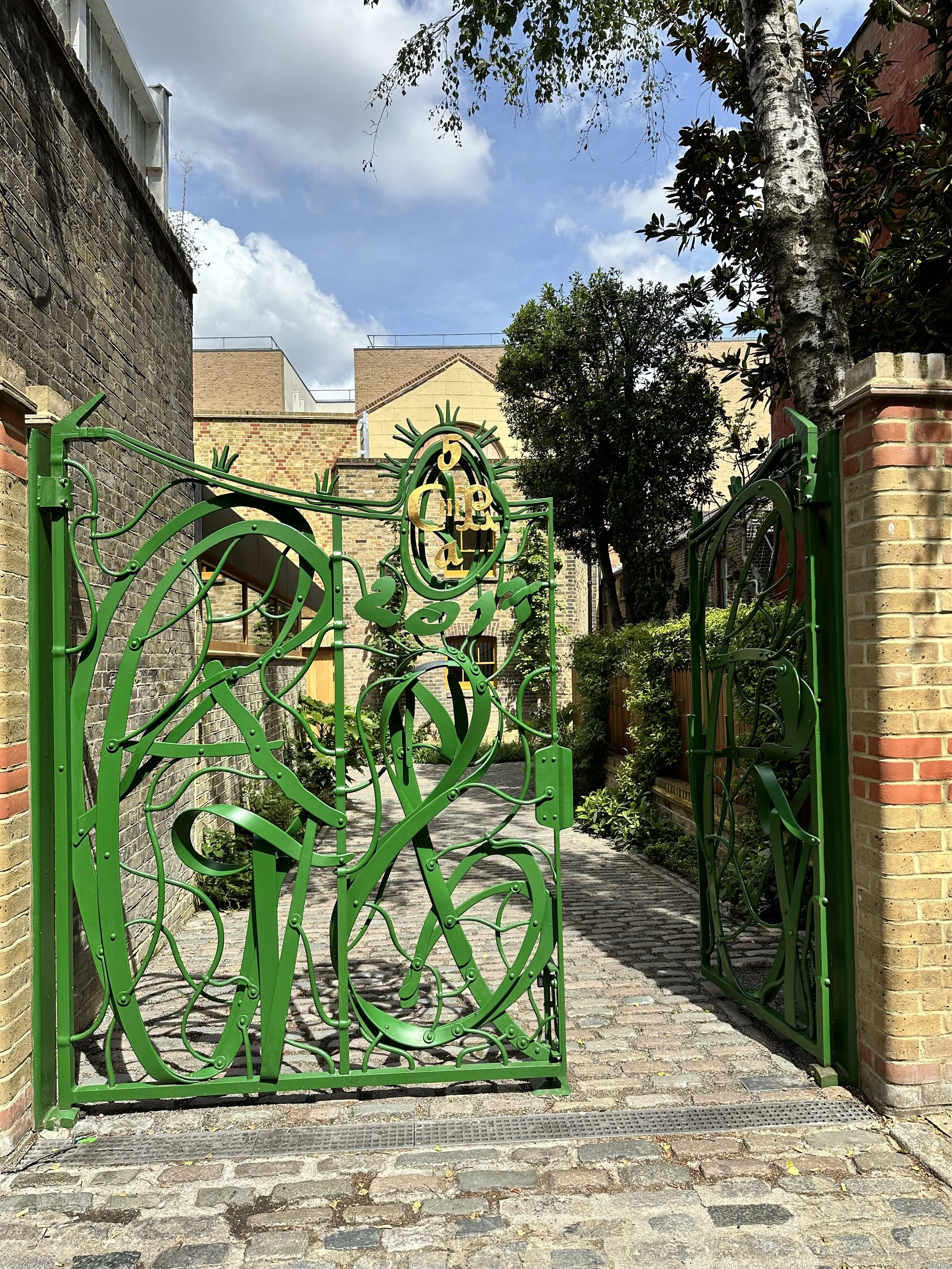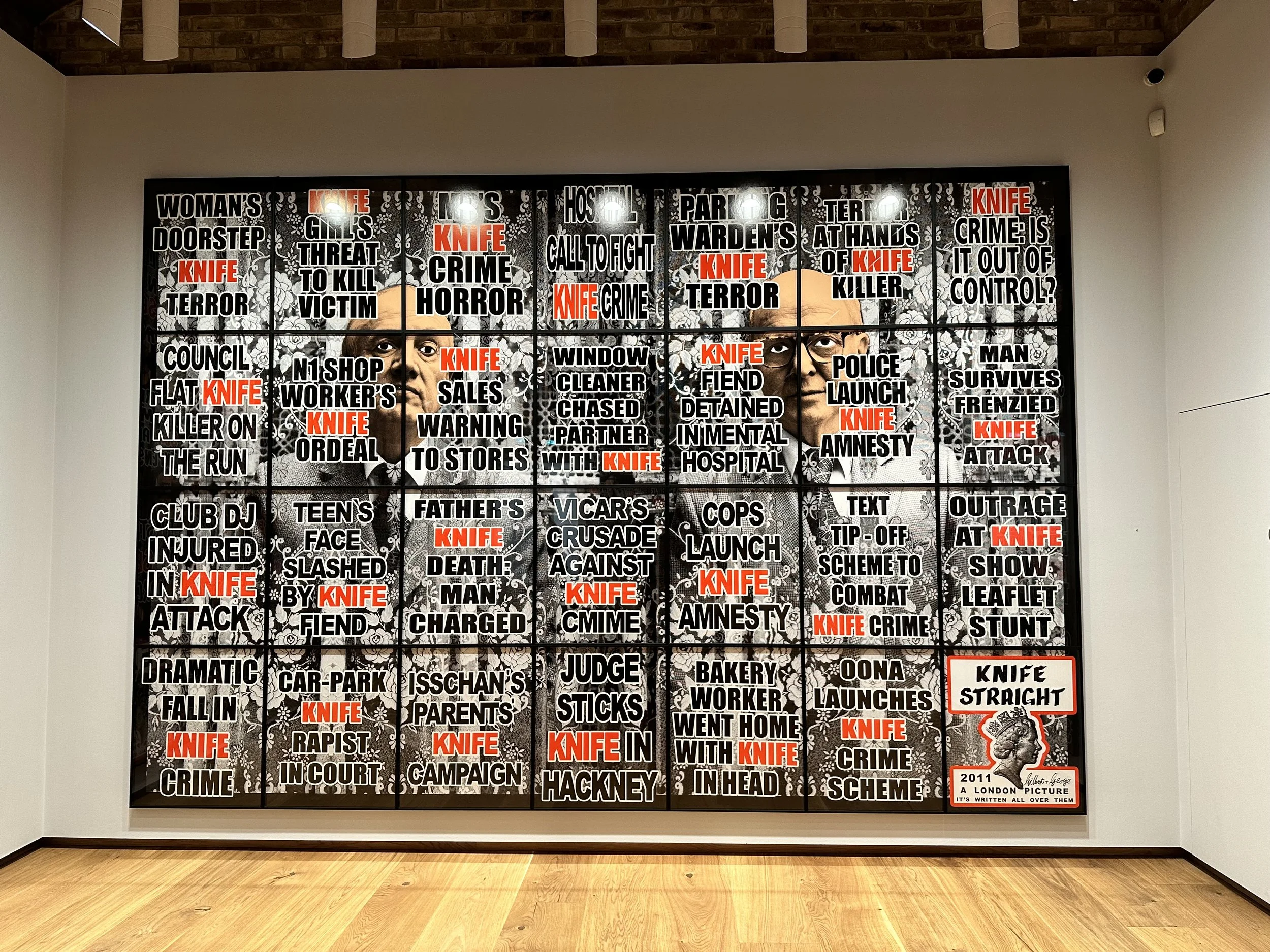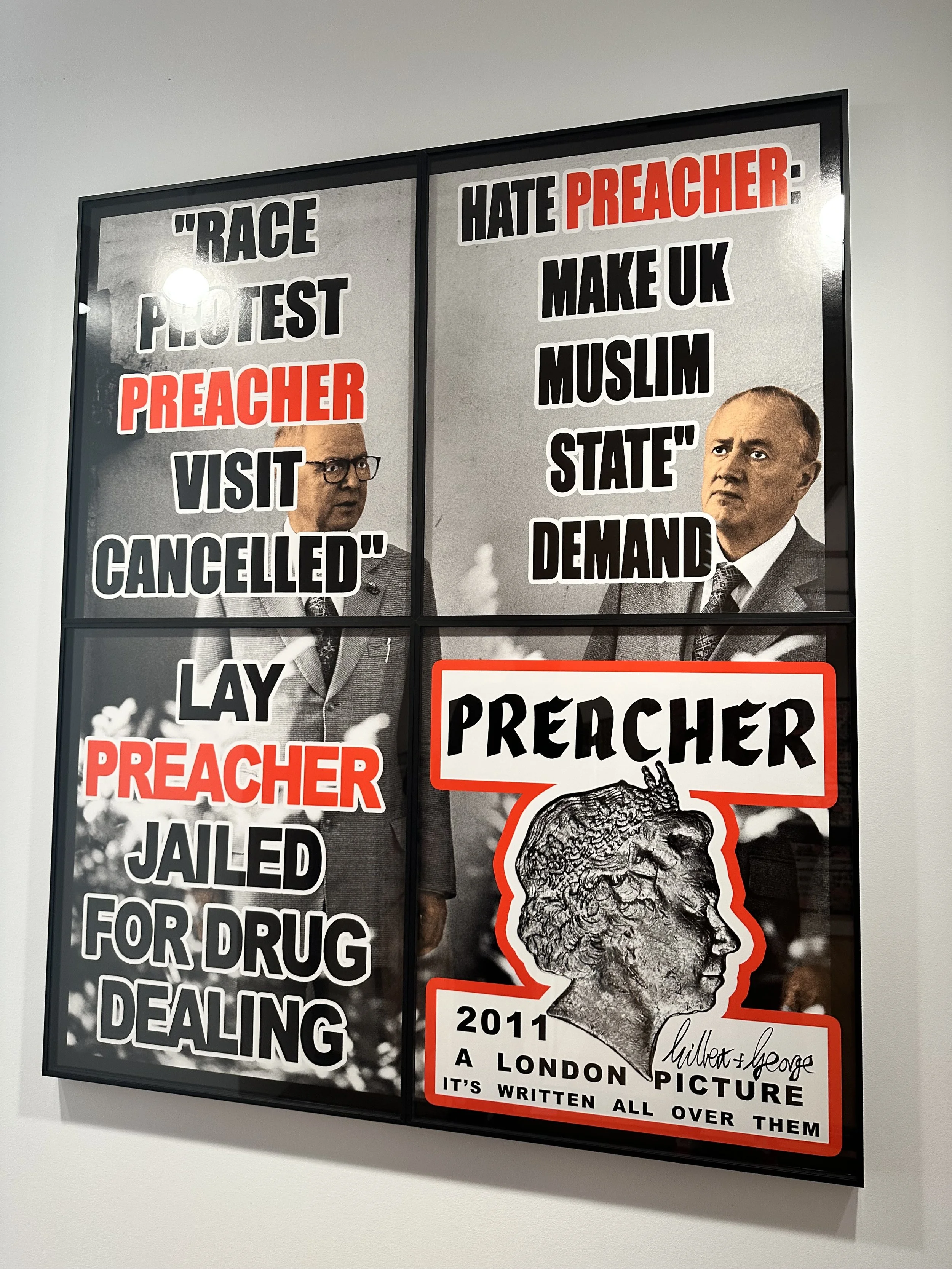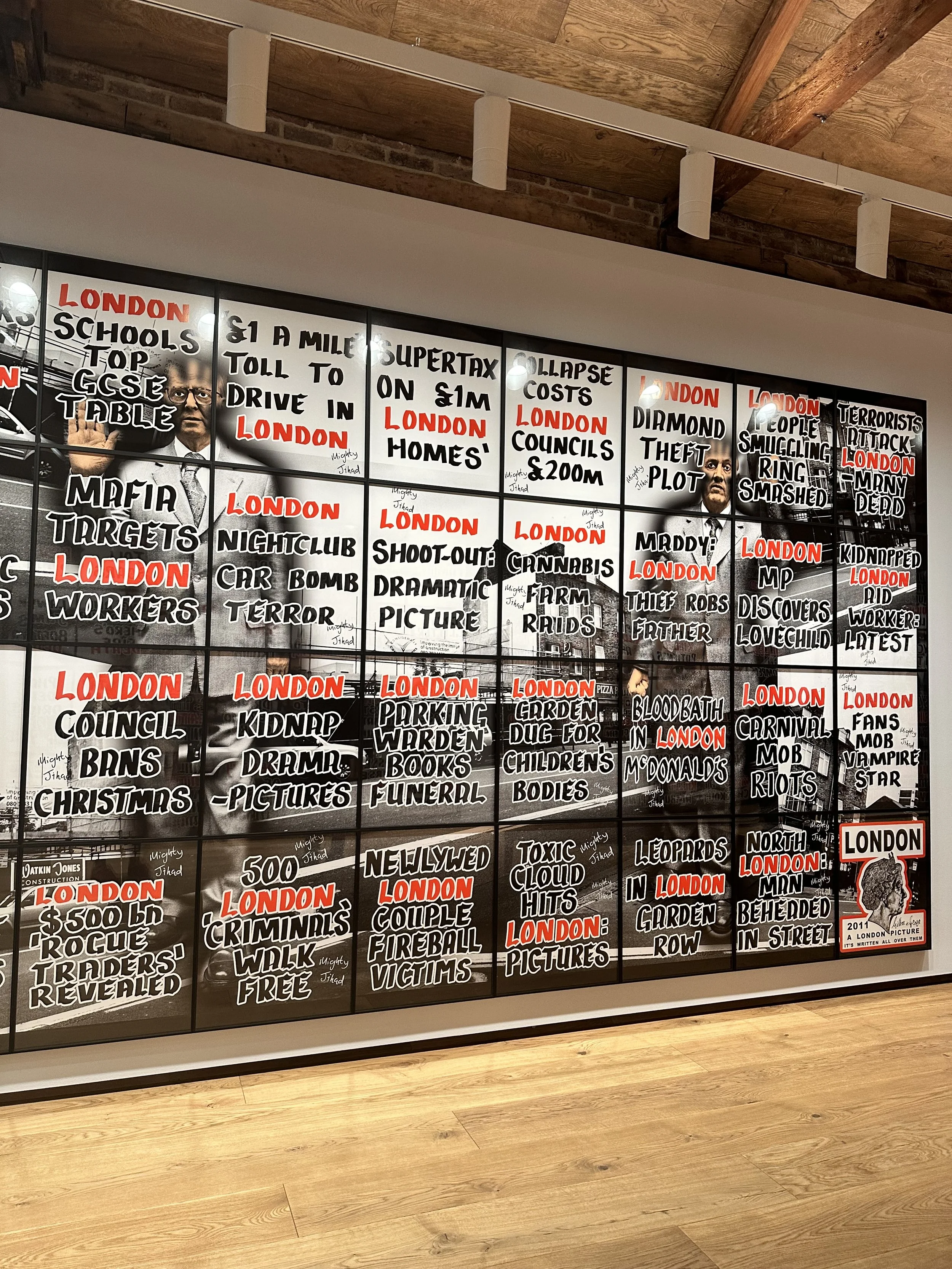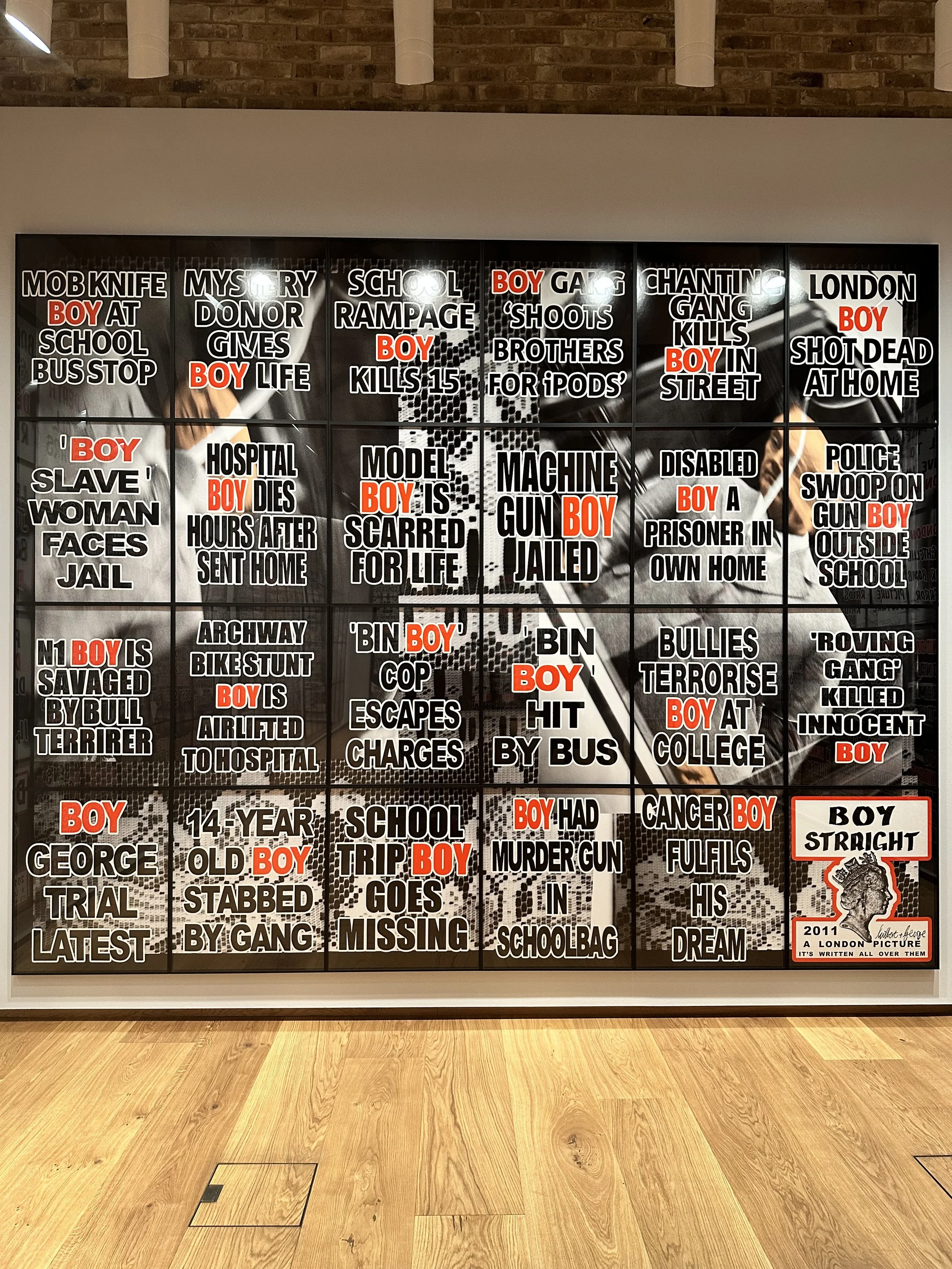Phase 01 - week 01
Research Journal
This is a record of my project development, showing my weekly tasks, research, design development processes, critical reflection and regular peer reviews.
LO2: Contextualise — Appraise the social, political and historical contexts in which design practice operates.
LO8: Design — Realise a final solution that evidences its strategic journey and clear relationship between form and function.
LO9: Communicate — Communicate effectively in a range of contexts and situations to specialist and non-specialist audiences.
Week 01
This week:
Try and get my head around what I have to achieve in the next 12 weeks
Find a topic that will entertain me for the next 24 weeks (tip - keep it simple)
Immerse me in all the local creative events to inspire and invigorate my senses!
Phase 01: Research + Discover
Thoughts - Where to start?
Procrastinating, desk tidying, write anything, just stop faffing, breathe and begin…
I can’t believe I am in the FMP ‘final major project’ module. Looking back, it seems only yesterday that I filled in the forms and submitted my application, unaware of what I was letting myself in for. But as my confidence has grown, I’ve found I’ve loved it and thrived… both in my practice and personally.
But now, I need to find a project I can commit to and research for the next 24 weeks. It has to be something that interests us, that we find fascinating, and that offers plenty of scope for research and engagement. But where to begin? I didn’t have a clue…
Critical review - A recap on previous modules
This first phrase runs for four weeks, allowing us to refine our research question for the project brief. To do this, I decided to create a critical review of my work to date. I need to re-discover what I’d enjoyed, what had worked, what hadn’t, and what I thought I needed to avoid to get a structured positioning and outline for my next phase. Before I can push forward in my present module, I need to recap what I have enjoyed from the past modules. Hopefully this will be a catalyst in pushing forward towards the framework for the next 24 weeks.
Module GDE710 - An overwhelming start
The beginning. I signed up for this course as a challenge, not really knowing what I was letting myself in for. Honestly, I was overwhelmed at the start - Padlet, a WordPress website blog, new people, new systems, new tech!
But after the first four weeks of being in a total muddle, I began to find my feet, interacting with my peers on Padlet, turning up for every lecture to gain some familiarity, dropping WordPress for Squarespace, getting my head around Canvas, and embracing the new tech.
The first module was a quick-fire round of a new subject every week. I discovered I loved this new way of learning. Videos, podcasts, TED talks, industry leaders talking from their own experience.
Module GDE710
Points I enjoyed:
Engaging with my community
Learning new techniques - large scale/lenticular
Padlet - interacting with tutors and peers
Module GDE720 - Finding an underused local iniative
Although I have placed this in sequence order, this was the last module produced chronologically. I loved the subject matter, which focused on sustainability and the whole ethos of the Repair Café, but I found getting replies and responses quickly quite frustrating. The group also only met once a month, so I was limited with my research and what I could achieve at this time. It's all good practice for the FMP, though.
I forgot about the 3000-word essay—yuk! It was hard work, but the Falmouth support team at ASK was great. I think I’ll be visiting them again, I’ve an extra 2000 words to produce on this module.
Module GDE720
Points I enjoyed:
Community - Great people, goodwill and skilled volunteers
Sustainability and design for good - love this ethos
Environmental aspect - new materials, less waste
Points to be wary of:
Volunteer groups - Normally also work full time, so slow to reply
Local Authorities - limited budgets, resources
Module GDE730
This was my favourite module. It was split into three four-week projects: Business plan, Collaboration, Studio, and entrepreneurship.
Business plan
Despite running my own practice for 10 years, I had never produced a plan. This all made total sense, and I thoroughly enjoyed finding out about the available resources. I re-started from scratch, worked out a 5-year plan, and built a team from the ground up in a new co-working space in Brighton.
Collaboration
Collaborating with my local museum to create a visual mural to celebrate the work of renowned local surgeon ‘Archibold McIndoe’ for his pioneering work on the WW2 airman who were terribly burnt. My project was inspired by the ‘feel good’ bright and vibrant, large-scale work of Morag Myerscroft and Baker and Bowiski.
Shop - Studio and entrepreneurship (finding a gap in the market)
A personal project, bought on by my sister in-law undergoing chemotherapy for Breast Cancer at the time and she had discovered the fantastic cold cap pioneering work from Scalpman. I created a "Cool Kit and Kaboodle" startup box for patients undergoing their first cool cap treatment.
Module GDE730
Points I enjoyed:
From the heart - personal project, what matters to me
Design for good and purpose - happy to put my name on it
Trying different creative ideas and testing them on a new audience
Module GDE740
I also enjoyed this module. It was split into two six-week projects: self-initiated and industry-set.
Self initiated
I revisited the ‘noticing the ignored’ from the first module where I discovered fascinating stories from the High Street. Upon discovering minimal local knowledge about the people in the buildings, I devised a High Street ghost hunt, paper map with interactive elements.
This was a great way to
Research local history and identify key landmarks to incorporate into my trail map
Tie in both online (QR codes) and offline (Print) elements to appeal to a wider target audience
Engage with local shopkeepers, historians and residents to tie in history and local knowledge to captivate a new target audience
Industry Set
We were given a wide variety of briefs to choose from, but the Science Museum Archives collection appealed to me, especially since we had to work with John Stack, the Digital Director at the Science Museum. I created an app for a new target audience - Gen Z. Although I wasn’t particularly pleased with my end project, it took me out of my comfort zone trying new techniques - app design and using Figma and Survey Monkey to create focus groups for feedback for the Gen Z age group was vital for research and knowledge that I am sure I will be able to use the benefit from for the FMP.
Also, we had to create a recorded and animated keynote for a specific time frame - another first for me, but it was essential for future slick presentations.
Module GDE740
Points I enjoyed:
SM - Critique from Industry Leaders - Digital Director
SM - Critique/interviews from target audience
SM - Trying a new medium - out of comfort zone
SI - Community - interviews and feedback
SI - Different thinking
Key identifiers from previous projects
I decided to look back at the key identifiers taken from the past modules that could influence my choices for my FMP.
By examining the last four modules and identifying the elements that I found enjoyable, I hoped to uncover patterns and themes that resonate with my personal and academic interests, to set me on course for the next 24 weeks.
This process allows me to pinpoint specific topics, methodologies, or project types that have consistently captured my attention and enthusiasm. Recognising these preferences highlights my strengths and passions and will hopefully guide me towards areas where I am more likely to remain motivated and engaged.
Hopefully, this self-awareness will be invaluable in selecting an FMP that’s fulfilling and aligned with my personal and practice aspirations.
Exhibitions + inspiration
Getting out of the studio
A visit to The Gilbert and George Centre, East London
The artists’ legacy is intended to be accessible to everyone in the community.
Time to get out and be inspired
I live incredibly close to London, but having lived in the suburbs for years, I got out of the habit of visiting. I am always inspired by London and its diverse culture and ever-changing landscape, so in this module, I aim to get out and about to see more exhibitions.
The Importance of a Change in Scenery - In one of Stuart’s earlier lectures, he reminded us about how important it is to get out and find ideas from our surroundings. I decided to take this advice and visit Gilbert and George's London Pictures - an exhibition that delves into the heart of urban life headlines. Through a series of large-scale artworks from floor to ceiling, they feature newspaper headlines, capturing the chaos, vibrancy, and sometimes the dark underbelly of London life. By juxtaposing these headlines with striking imagery, Gibert and George explore themes of violence, crime, politics, and daily life and their fascination with the city's pulse, presenting a provocative and unfiltered commentary on contemporary society. London Pictures invites viewers to confront the complexities of urban existence and consider the stories that shape our world and the capital city.
The Gilbert & George Centre is a fantastic building, specially built by the artists in 2009 to advance public education in the arts and promote the arts, architecture, heritage, and culture or ‘Art for all’. After their deaths, the objective is to preserve Gilbert and George's properties on Fournier Street and their collections, archives, and works of art.
I hoped this narrative could stimulate my imagination and prompt some new ideas, especially on a large scale, for some new ways of thinking.
Notes to take on board. FMP module - points, tips and general advice
Map out a personal working schedule for yourself, considering the deadlines for formative and summative assessment. Work through the stages in this module sequentially and allow yourself time for research, development, experimentation, testing and final production. Do not jump straight to the end of your project before you have fully engaged with each phase of project development.
Know your field: immerse yourself in your final project theme and become aware of others also working in areas linked to this field. Make connections: extend your research into real-world contexts, seeking dialogue with experts in relation to your chosen area of investigation. Link up with these creative communities because your work will benefit greatly if you connect with people externally.
Be strategic: how can this long final project work period lead to new career opportunities? Use this time wisely as a stepping stone to get you to where you want to be professionally after the course.
Share your learning: use each other and be active in webinars and in peer review meetings.
Be open to surprises, mistakes, feedback, risk-taking, problem-solving and connection-making. Be prepared to go on a journey with this module.
Enjoy the project. This a high-pressured time but don’t panic. Appreciate the luxury of having 24 weeks to really craft a new body of work. Make sure this project has value to you and to others, and make the most of not having to stick to commercial timelines or restrictions.

